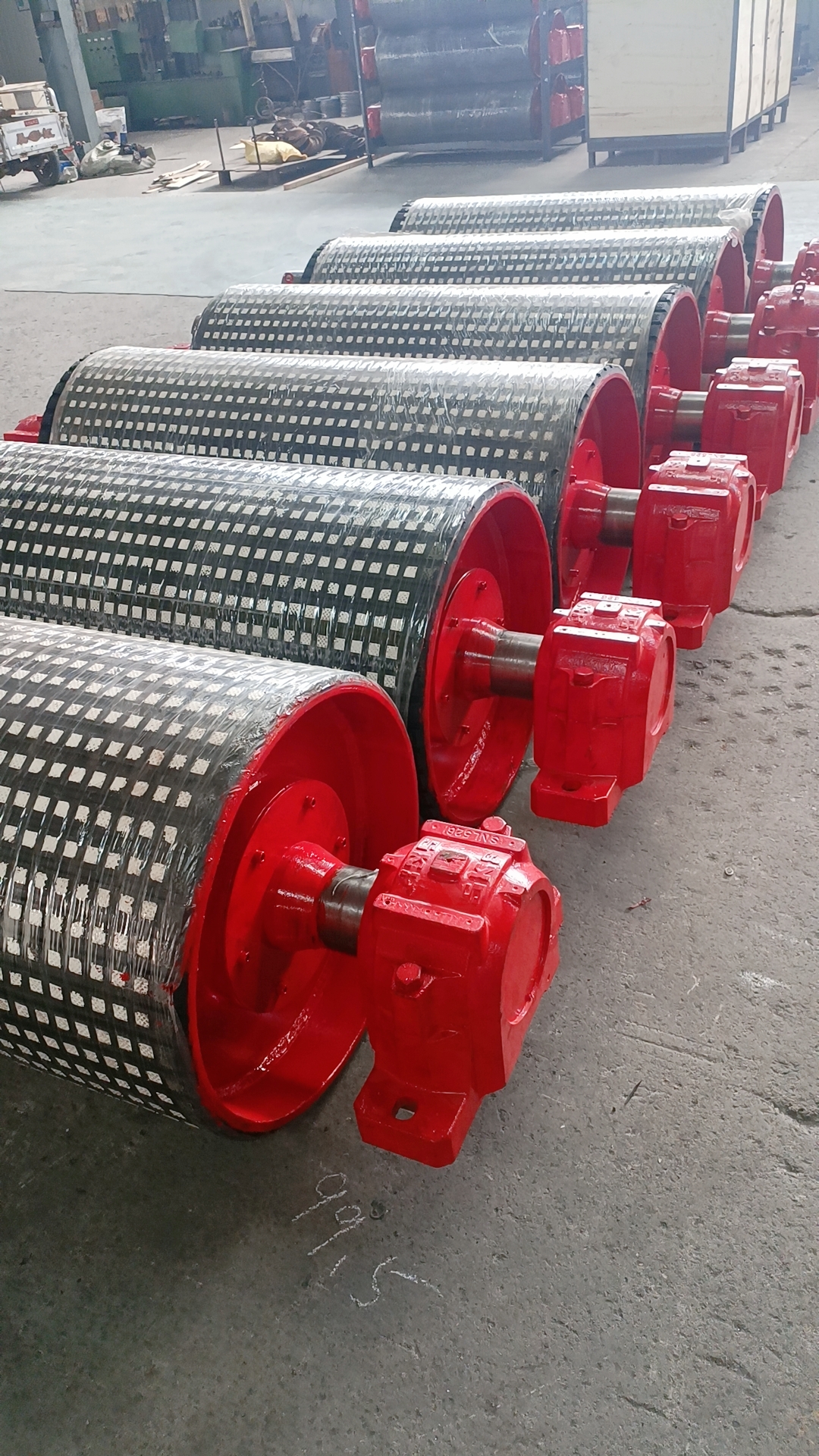 Afrikaans
Afrikaans  Albanian
Albanian  Amharic
Amharic  Arabic
Arabic  Armenian
Armenian  Azerbaijani
Azerbaijani  Basque
Basque  Belarusian
Belarusian  Bengali
Bengali  Bosnian
Bosnian  Bulgarian
Bulgarian  Catalan
Catalan  Cebuano
Cebuano  Corsican
Corsican  Croatian
Croatian  Czech
Czech  Danish
Danish  Dutch
Dutch  English
English  Esperanto
Esperanto  Estonian
Estonian  Finnish
Finnish  French
French  Frisian
Frisian  Galician
Galician  Georgian
Georgian  German
German  Greek
Greek  Gujarati
Gujarati  Haitian Creole
Haitian Creole  hausa
hausa  hawaiian
hawaiian  Hebrew
Hebrew  Hindi
Hindi  Miao
Miao  Hungarian
Hungarian  Icelandic
Icelandic  igbo
igbo  Indonesian
Indonesian  irish
irish  Italian
Italian  Japanese
Japanese  Javanese
Javanese  Kannada
Kannada  kazakh
kazakh  Khmer
Khmer  Rwandese
Rwandese  Korean
Korean  Kurdish
Kurdish  Kyrgyz
Kyrgyz  Lao
Lao  Latin
Latin  Latvian
Latvian  Lithuanian
Lithuanian  Luxembourgish
Luxembourgish  Macedonian
Macedonian  Malgashi
Malgashi  Malay
Malay  Malayalam
Malayalam  Maltese
Maltese  Maori
Maori  Marathi
Marathi  Mongolian
Mongolian  Myanmar
Myanmar  Nepali
Nepali  Norwegian
Norwegian  Norwegian
Norwegian  Occitan
Occitan  Pashto
Pashto  Persian
Persian  Polish
Polish  Portuguese
Portuguese  Punjabi
Punjabi  Romanian
Romanian  Russian
Russian  Samoan
Samoan  Scottish Gaelic
Scottish Gaelic  Serbian
Serbian  Sesotho
Sesotho  Shona
Shona  Sindhi
Sindhi  Sinhala
Sinhala  Slovak
Slovak  Slovenian
Slovenian  Somali
Somali  Spanish
Spanish  Sundanese
Sundanese  Swahili
Swahili  Swedish
Swedish  Tagalog
Tagalog  Tajik
Tajik  Tamil
Tamil  Tatar
Tatar  Telugu
Telugu  Thai
Thai  Turkish
Turkish  Turkmen
Turkmen  Ukrainian
Ukrainian  Urdu
Urdu  Uighur
Uighur  Uzbek
Uzbek  Vietnamese
Vietnamese  Welsh
Welsh  Bantu
Bantu  Yiddish
Yiddish  Yoruba
Yoruba  Zulu
Zulu Head Pulley Design for Belt Conveyor Systems and Their Application in Material Handling
Understanding Belt Conveyor Head Pulleys
Belt conveyors are a crucial component in the material handling and transportation industry. Among the various components of a belt conveyor system, the head pulley plays a significant role in ensuring the effective movement of materials along the conveyor. This article delves into the importance of head pulleys, their design, function, and maintenance, highlighting their relevance in various applications.
What is a Head Pulley?
The head pulley, also known as the drive pulley, is located at the discharge end of the conveyor system. It is the primary component that drives the belt, facilitating the movement of materials from one point to another. Typically, the head pulley is larger in diameter compared to other pulleys in the system, ensuring sufficient grip on the conveyor belt to prevent slippage during operation.
Function of the Head Pulley
The primary function of the head pulley is to provide a means for the conveyor belt to move forward. As the head pulley rotates, it drives the belt forward, transporting materials placed on the belt surface. Additionally, the head pulley plays a crucial role in maintaining belt tension. Proper tension is essential for the conveyor's efficient operation, preventing the belt from sagging or misaligning.
Another critical function of the head pulley is its ability to redirect the material flow. When material is deposited on the conveyor belt, the head pulley ensures that the material is discharged at the intended location. The design of the head pulley can vary, with options for lagging (a rubber coating) to enhance friction and prevent material from slipping during the transfer process.
Design Considerations
belt conveyor head pulley

The design of the head pulley involves several considerations to optimize performance and durability. Material selection is paramount; head pulleys are often made from high-strength steel or other robust materials to withstand the rigors of heavy loads and continuous operation. The surface of the head pulley may be equipped with various lagging styles, such as smooth, textured, or grooved surfaces, depending on the specific application and material characteristics.
Additionally, the size and shape of the head pulley can vary. Larger head pulleys can effectively accommodate a broader range of belt sizes, while smaller pulleys may be suitable for lighter applications. The angle of the head pulley is also an essential factor, as it can affect the material discharge and the belt's trajectory.
Maintenance of Head Pulleys
Regular maintenance of head pulleys is vital for ensuring longevity and operational efficiency. Common maintenance tasks include inspecting for wear and damage, checking belt tension, and monitoring for any misalignment issues. It's important to lubricate bearings and mechanical components to reduce friction and prevent overheating.
Operators should also pay attention to the condition of the pulley lagging, as worn or damaged lagging can lead to decreased grip and increased slippage, resulting in decreased performance. Any issues should be addressed promptly to avoid unexpected downtime and costly repairs.
Conclusion
In conclusion, head pulleys are integral components of belt conveyor systems, playing a vital role in material handling across various industries. Their design, function, and maintenance are crucial to ensuring efficient conveyor operation. By understanding the significance of head pulleys and implementing proper maintenance practices, businesses can enhance productivity and reduce operational costs, ensuring the seamless movement of materials in their processes. As industries continue to evolve, the importance of head pulleys will remain pronounced, driving advancements in conveyor technology and efficiency.
-
Revolutionizing Conveyor Reliability with Advanced Rubber Lagging PulleysNewsJul.22,2025
-
Powering Precision and Durability with Expert Manufacturers of Conveyor ComponentsNewsJul.22,2025
-
Optimizing Conveyor Systems with Advanced Conveyor AccessoriesNewsJul.22,2025
-
Maximize Conveyor Efficiency with Quality Conveyor Idler PulleysNewsJul.22,2025
-
Future-Proof Your Conveyor System with High-Performance Polyurethane RollerNewsJul.22,2025
-
Driving Efficiency Forward with Quality Idlers and RollersNewsJul.22,2025





























